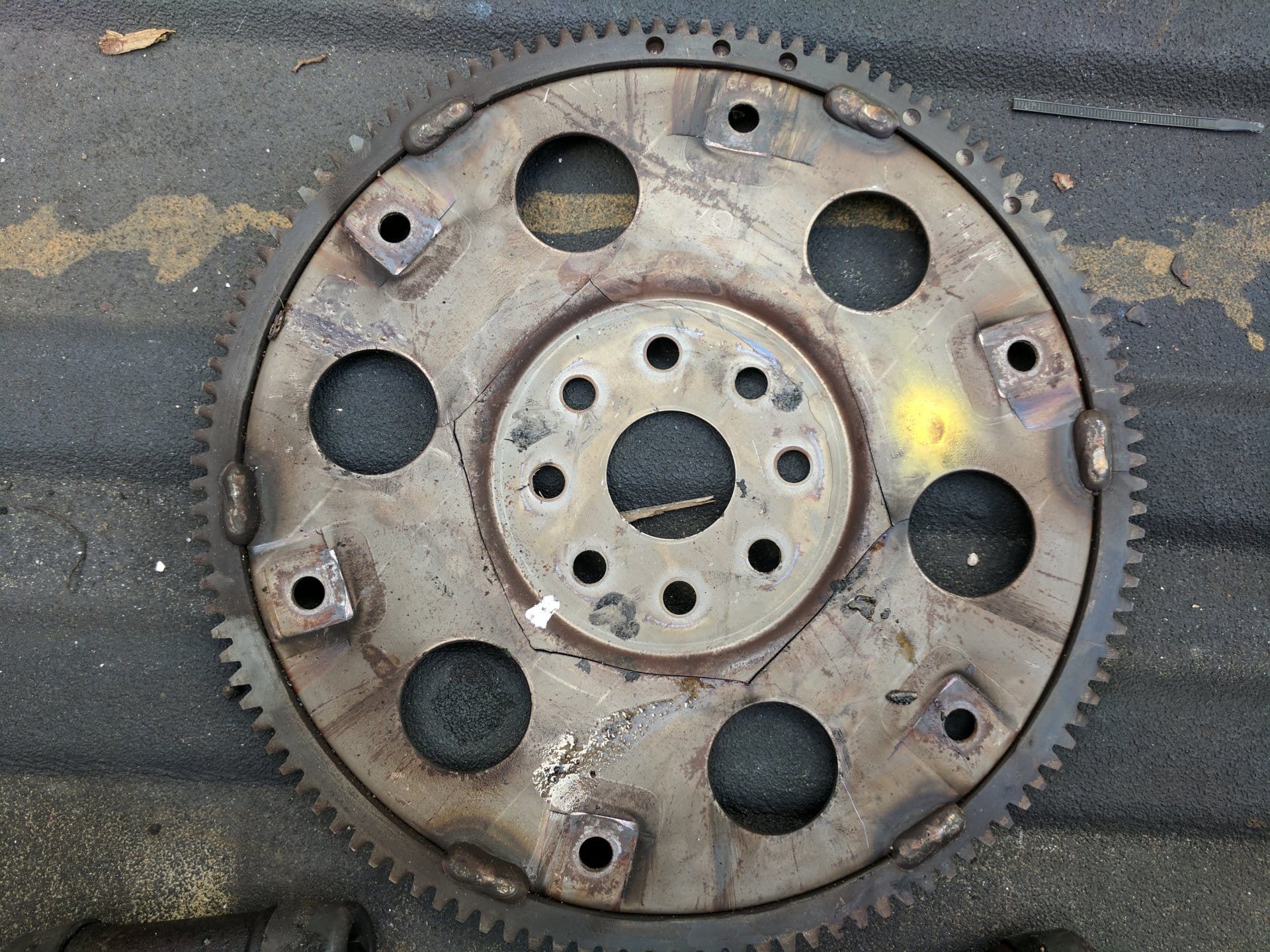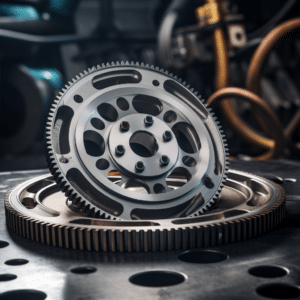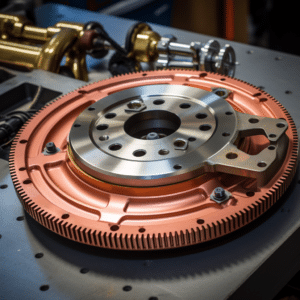
Flexplate: Essential Engine Components and Maintenance
Understanding Flexplates: An engine is the heart of your vehicle that consists of many parts, including the flax plate. If one part is not functioning properly, the engine can fail, stalling the vehicle. A flexplate is one of these parts. This could be dangerous if the vehicle stalls in the middle of traffic.
What Is A flexplate

A flexplate is a metal disk that connects the output of an engine to the input of a torque converter in a vehicle with automatic transmission. Its equivalent in a manual transmission vehicle is a flywheel. The flexplate is located between the engine, the gearbox, and the transmission system. It absorbs minor misalignments between the engine and transmission, and irregularities in the engine power output, and thus a flawless power transmission.
How Does It Work
When the engine starts, the flexplate will turn and eventually turn the torque converter which powers the hydraulic pump in the transmission. It stores the energy generated by the engine and transmits it via the gearbox to the wheel of the vehicle, and propels it forwards or backward depending on the gear engaged.
What Causes Damage to flexplate
- Wear and tear. After a flexplate has been in use for a while, the spinning causes it to deteriorate and wear out.
- Missing alignment dowel pins. These pins secure the flexplate to the crankshaft. If they get lost or loose, the flexplate is not held securely in its place.
- Foreign objects such as dirt and metal shavings in the transmission can damage the flexplate.
- A bent crankshaft puts uneven stress on the flexplate and can eventually damage it.
- Manufacturing defect. Manufacturers could produce substandard flexplates that get easily damaged when used.
- An imbalance between the engine, torque, and transmission. A major misalignment can cause damage to the flexplate.
Dangers of Driving a Vehicle with A Cracked flex plate
A flexplate connects the engine and the transmission mechanism. Extensive damage to this connector can cause substantial damage to the other two components. It could be expensive to replace the entire engine system in such an unfortunate event.
Vibrations emanating from the cracks could also cause engine overheating, and eventually failure.
Oil leaks, that could be a result of the cracks in the flexplate, could lead to serious damage. The eventual end of the damages would be a power failure, hence engine knock.
Indicators of Cracked flexplate
A damaged flexplate can be very dangerous as it plays a major role in transmitting power from your engine to your transmission. Any damage could compromise your ability to control the vehicle.
Vibrations
A damaged flexplate can cause vibrations in the engine felt through the driver’s seat while driving at usual speeds.
Noises
One of the obvious signs that your flexplate is damaged is noise emanating from the engine. These sounds may include chirping, clanking, rattling, and grinding noises when the engine is idling. Knocking noises can be heard when the gear is shifted. If a vehicle loses power and stalls in traffic, it could cause a crash leading to injuries, or worse still fatalities.
Power Loss at High Speeds
The flexplate goes through a lot of strain and stress when running. When damaged, it cannot function optimally, which can lead to power loss at high speeds. This could cause the vehicle to stall, and probably cause a crash.
Poor Gas Economy
A cracked flexplate does not function efficiently, which can lead to reduced gas mileage. For economical gas usage, all engine parts should function optimally.
Noises From Starter Motor
The starter may make whining noises and get difficult turning while starting.
What To Do When FlexPlate is Cracked
More often than not, a damaged flexplate is an indicator of an underlying engine problem. A probable cause is a malfunction in the transmission mechanism. Have a mechanic inspect the plate, as well as the entire engine. If he confirms damage, it will need to be replaced. The process might be costly because it is labor-intensive. The transmission system is removed before the plate can be replaced, after which the system is reinstalled. Always engage a certified mechanic for your vehicle repairs. Do not attempt to repair the damaged flexplate yourself, unless you have extensive professional experience.

How to Minimize Damage to FlexPlate
- Inspect the flexplate for cracks and other damages regularly. You could have a professional check once in a while. If you notice any damage, have it replaced.
- Low oil levels cause debris to build on the flexplate, which can cause damage. Check on oil levels regularly and change when required. Avoid driving your vehicle with low oil levels.
- Have the flexplate checked if your vehicle gets involved in an accident. You may not be able to see a crack or misalignment, but your mechanic will.
- Be cautious while driving on rough terrains. The debris can strike the flexplate, and thus damage it.
- Avoid buying used flexplates where possible.
- Always ensure you purchase certified products. Avoid substandard flexplates.
Conclusion
A flexplate is an integral part of your engine. It is paramount to understand how it works and be able to notice when there is an issue. It is dangerous to drive a vehicle with a cracked flexplate as it exposes you and other road users to grievous dangers. If you notice or suspect any damage, get a mechanic to inspect and replace it. flexplates have a lifespan of 100,000 miles. Moreover, they can exceed this period with proper care and maintenance.
